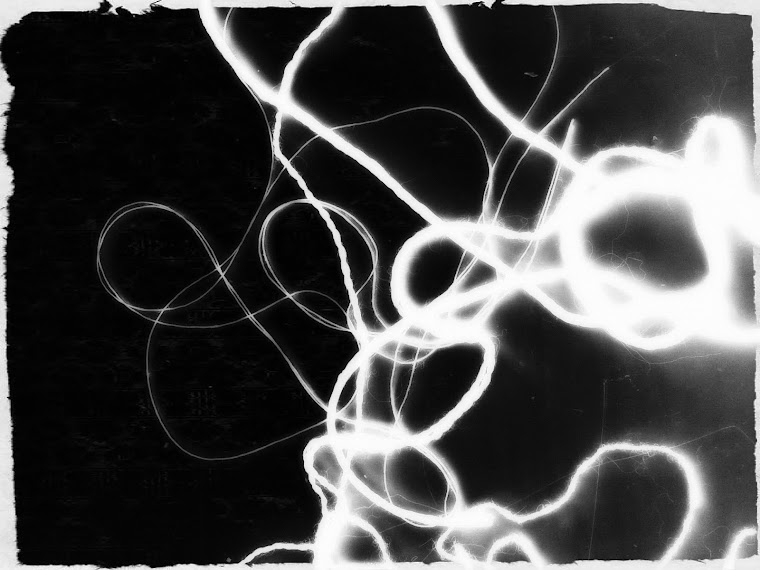 |
| Monument (2012) |
I´m sorry that so much time has elapsed since
my latest post! Well, this is a slow blog, but... I do want to post more often.
I here show a few of my recent works. I actually departed from my usual fields of images or textile crafts (in my case wearable items/fashion) to create something else. Fiber art?
This, I call "Monument" and I of course use my own images (printed on transparent paper from
Antalis). I used organic yarns from
Ateljé Huskroken, my favourite store, to tie the images to a large branch that I found by accident when I was out with my son.
I got this idea that a monument doesn´t necessarily be of a hard, eternal material, but could be evanescent and brittle, like life itself, and eventually return back to the earth.
 |
| Detail of slow creations Monument (2012) |
 |
slow creations (2012)
|
This image I took with my mobile camera. I like the bad technical quality of it... I printed on transparent paper and adorned it with yarns and cosmetics such as lipstick, eye-shadow and nail lacquer. The colours are a bit vulgar, I think. I will get back to the topic of pink (and my relation to it) in a later post...
Dan Svensson of
Format made the rear side.
 |
| slow creations Now (2012) |
This piece (Now) is crocheted and sewn togehter with different fibers such as silk, linen and cotton. The outer rim is of paper yarn. I put it up using white pins.
 |
| slow creations (2012) |
In this case I took a picture in my neighboorhood and printed on thick paper with additions af fibers (mostly linen). Dan Svensson of
Format made the rear side.
Of these four works, the tree somehow connects to tree as a phenomena. I have a deep connection to the symbol of trees but nevertheless was a bit surprised it showed so distinctly.
Recently, concerning the topic to proceed artistically, I started to learn the basics of digital textile printing at a fantastic course run by ultra-creative artist and designer
Joanna Bodzek. I find digital textile printing very creative and a bit demanding, and I am curious how things will evolve in this field were I have so much to learn!







































